
How to Use 5V Adapter: Examples, Pinouts, and Specs
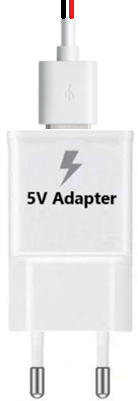
 Design with 5V Adapter in Cirkit Designer
Design with 5V Adapter in Cirkit DesignerIntroduction
The 5V Adapter is a power supply device designed to convert alternating current (AC) voltage from a standard wall outlet into a stable 5V direct current (DC) output. This component is widely used to power low-voltage electronic devices, microcontrollers, sensors, and other circuits requiring a reliable 5V DC supply. Its compact design and ease of use make it a popular choice for hobbyists, engineers, and professionals alike.
Explore Projects Built with 5V Adapter
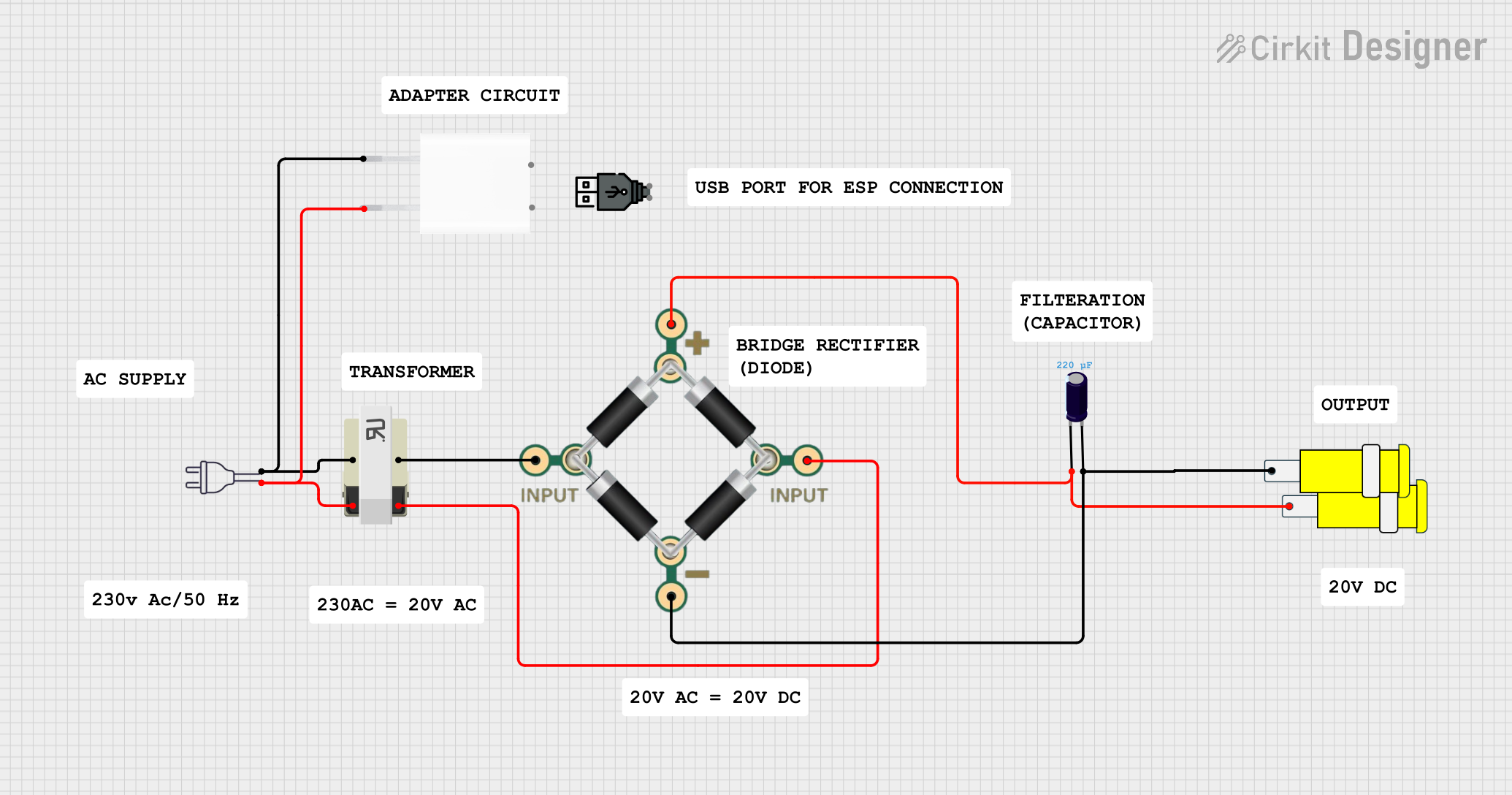
 Open Project in Cirkit Designer
Open Project in Cirkit Designer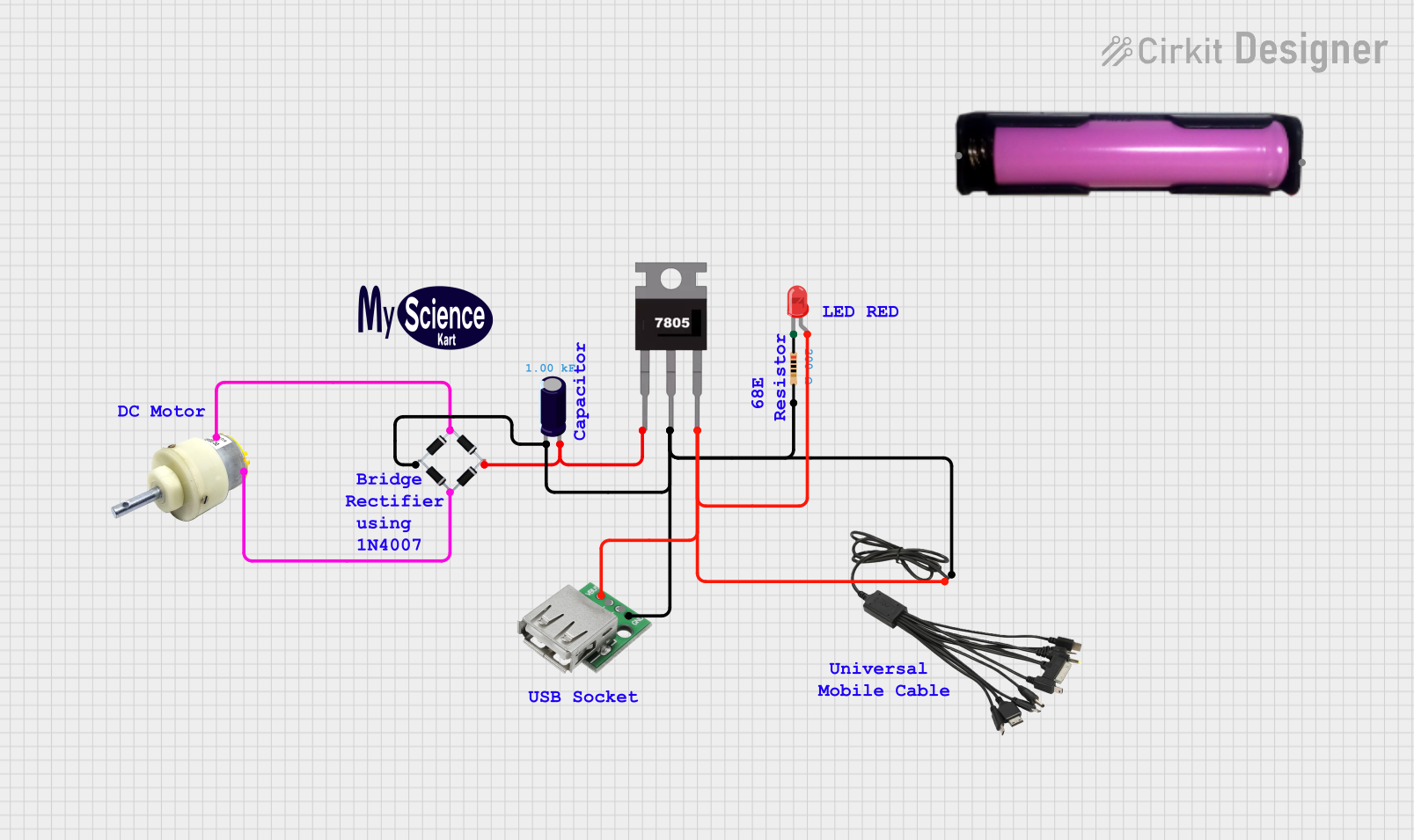
 Open Project in Cirkit Designer
Open Project in Cirkit Designer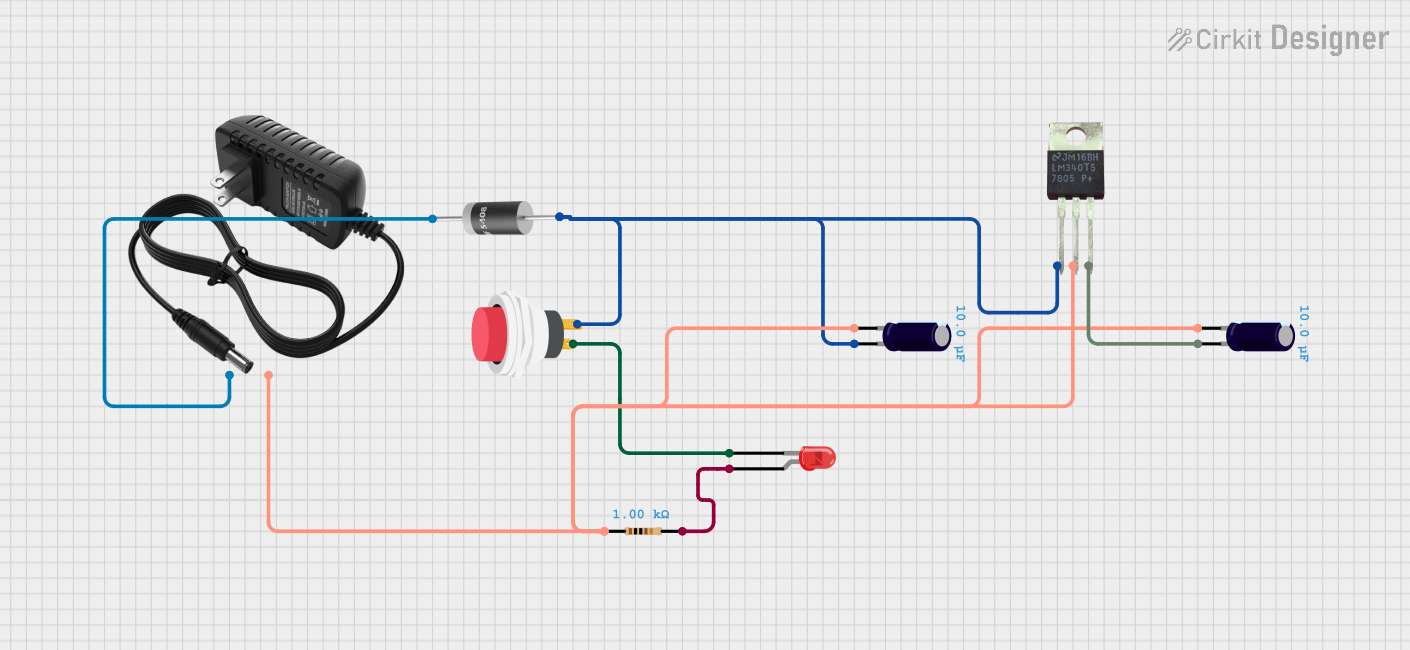
 Open Project in Cirkit Designer
Open Project in Cirkit Designer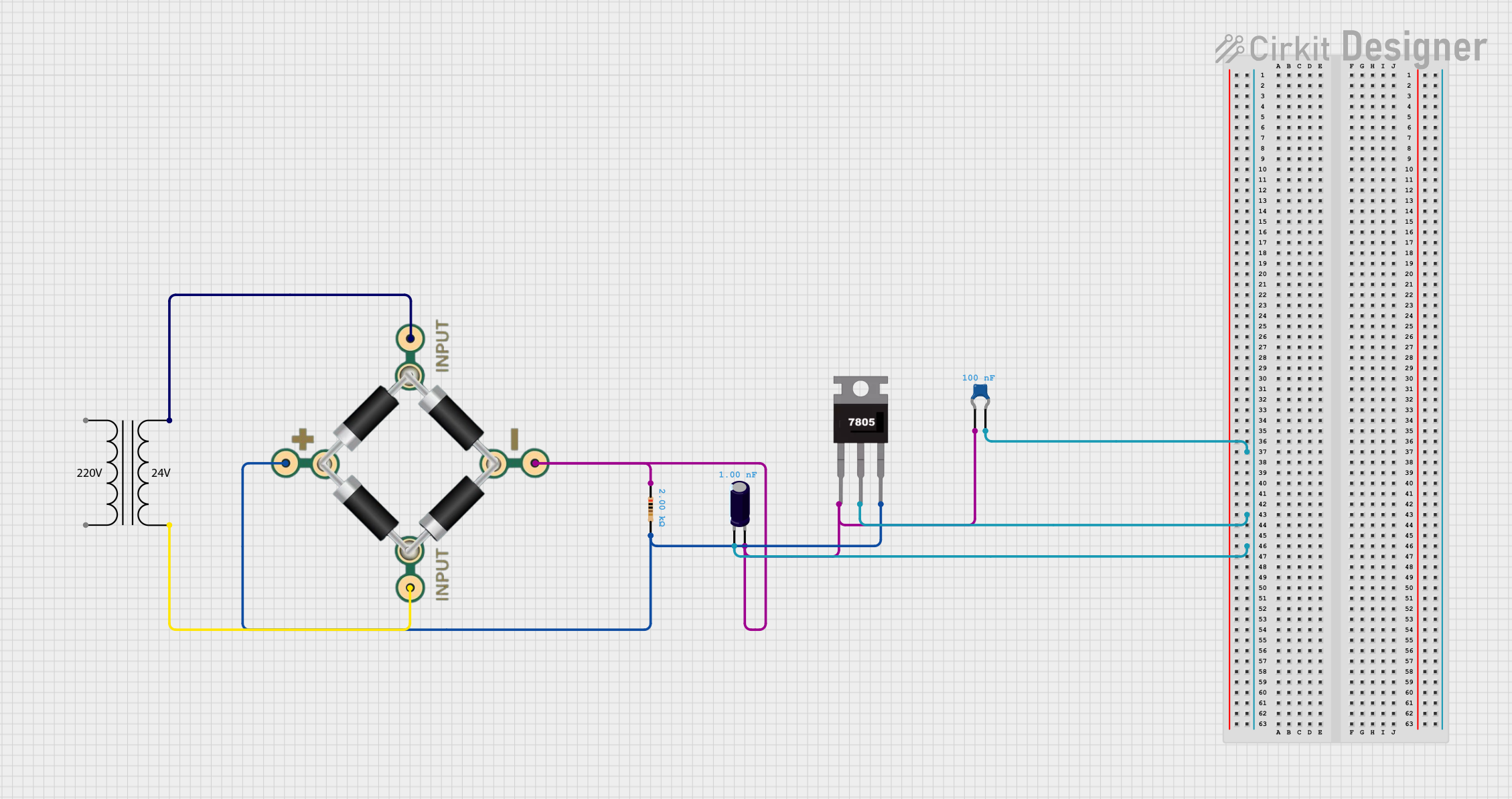
 Open Project in Cirkit Designer
Open Project in Cirkit DesignerExplore Projects Built with 5V Adapter

 Open Project in Cirkit Designer
Open Project in Cirkit Designer
 Open Project in Cirkit Designer
Open Project in Cirkit Designer
 Open Project in Cirkit Designer
Open Project in Cirkit Designer
 Open Project in Cirkit Designer
Open Project in Cirkit DesignerCommon Applications and Use Cases
- Powering microcontroller boards such as Arduino, Raspberry Pi, and ESP32.
- Supplying power to sensors, modules, and small electronic devices.
- Charging USB-powered devices like smartphones and portable gadgets.
- Providing a stable 5V DC source for prototyping and testing circuits.
Technical Specifications
The following table outlines the key technical details of the 5V Adapter:
| Parameter | Specification |
|---|---|
| Input Voltage | 100-240V AC, 50/60Hz |
| Output Voltage | 5V DC |
| Output Current | Typically 1A to 3A (varies by model) |
| Power Rating | 5W to 15W (depending on current) |
| Connector Type | USB-A, USB-C, or barrel jack |
| Efficiency | ≥ 80% |
| Protection Features | Overvoltage, overcurrent, short-circuit protection |
Pin Configuration and Descriptions
For adapters with a barrel jack connector, the pin configuration is as follows:
| Pin | Description |
|---|---|
| Center | Positive terminal (+5V DC) |
| Outer | Negative terminal (GND) |
For USB-based adapters, the pin configuration is typically standardized as:
| Pin | Description |
|---|---|
| VBUS | Positive terminal (+5V DC) |
| GND | Ground |
| D+ | Data line (not used for power) |
| D- | Data line (not used for power) |
Usage Instructions
How to Use the 5V Adapter in a Circuit
- Verify Compatibility: Ensure the device or circuit you are powering operates at 5V DC and does not exceed the adapter's maximum current rating.
- Connect the Adapter:
- For barrel jack connectors, plug the adapter into the device's power input port, ensuring correct polarity.
- For USB-powered devices, connect the USB cable to the adapter and the device.
- Power On: Plug the adapter into a wall outlet and switch it on (if applicable). The device should now receive a stable 5V DC supply.
Important Considerations and Best Practices
- Check Current Requirements: Ensure the total current draw of your circuit does not exceed the adapter's rated output current.
- Avoid Overloading: Overloading the adapter can cause overheating or damage to the device.
- Use Quality Cables: Poor-quality cables can introduce voltage drops, leading to unstable operation.
- Ventilation: Ensure the adapter has adequate ventilation to prevent overheating during prolonged use.
- Polarity: For barrel jack connectors, verify the polarity of the device's input matches the adapter's output.
Example: Using a 5V Adapter with an Arduino UNO
The Arduino UNO can be powered using a 5V adapter with a barrel jack connector. Below is an example of Arduino code to blink an LED when powered by the adapter:
// This code blinks an LED connected to pin 13 of the Arduino UNO.
// Ensure the Arduino is powered using a 5V adapter via the barrel jack.
void setup() {
pinMode(13, OUTPUT); // Set pin 13 as an output pin
}
void loop() {
digitalWrite(13, HIGH); // Turn the LED on
delay(1000); // Wait for 1 second
digitalWrite(13, LOW); // Turn the LED off
delay(1000); // Wait for 1 second
}
Troubleshooting and FAQs
Common Issues and Solutions
Device Not Powering On:
- Cause: The adapter may not be plugged in or the wall outlet is not supplying power.
- Solution: Check the wall outlet and ensure the adapter is securely connected.
Overheating Adapter:
- Cause: The connected device is drawing more current than the adapter's rated capacity.
- Solution: Use an adapter with a higher current rating or reduce the load on the adapter.
Voltage Drop:
- Cause: Poor-quality cables or long cable lengths.
- Solution: Use shorter, high-quality cables to minimize voltage drop.
Intermittent Power:
- Cause: Loose connections or damaged cables.
- Solution: Inspect and replace any damaged cables or connectors.
FAQs
Q: Can I use a 5V adapter to charge my smartphone?
A: Yes, as long as the adapter provides sufficient current (e.g., 1A or more) and has a compatible USB connector.
Q: What happens if I connect a device that requires more than 5V?
A: The device may not function properly, and attempting to power it with a 5V adapter could damage the device or the adapter.
Q: Is it safe to leave the adapter plugged in when not in use?
A: Most modern adapters are designed to be energy-efficient and safe to leave plugged in. However, unplugging it when not in use can save energy and reduce wear.
Q: Can I use a 5V adapter with a different connector type?
A: Yes, but you may need an adapter or cable that converts the connector to the required type. Ensure the polarity and voltage are correct.